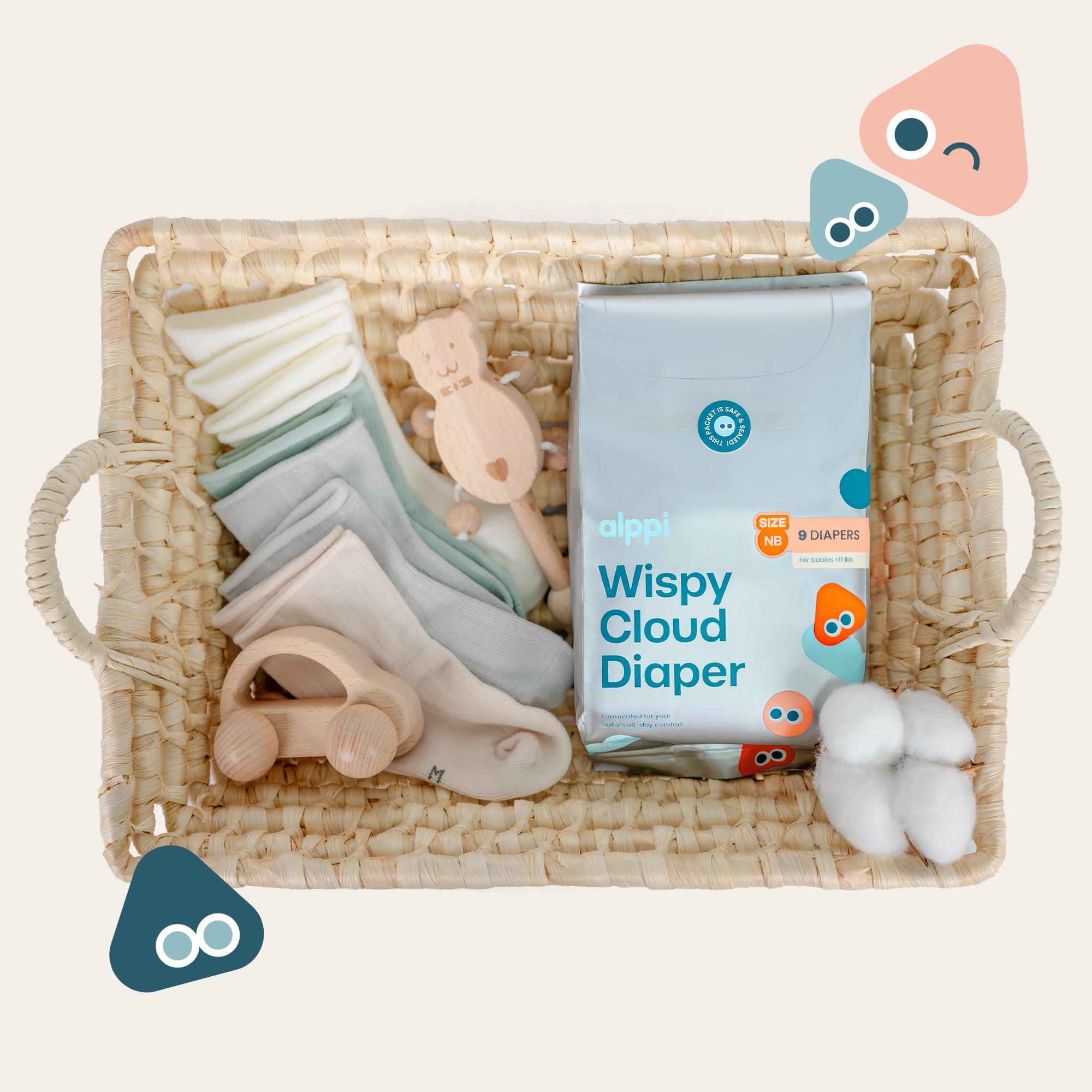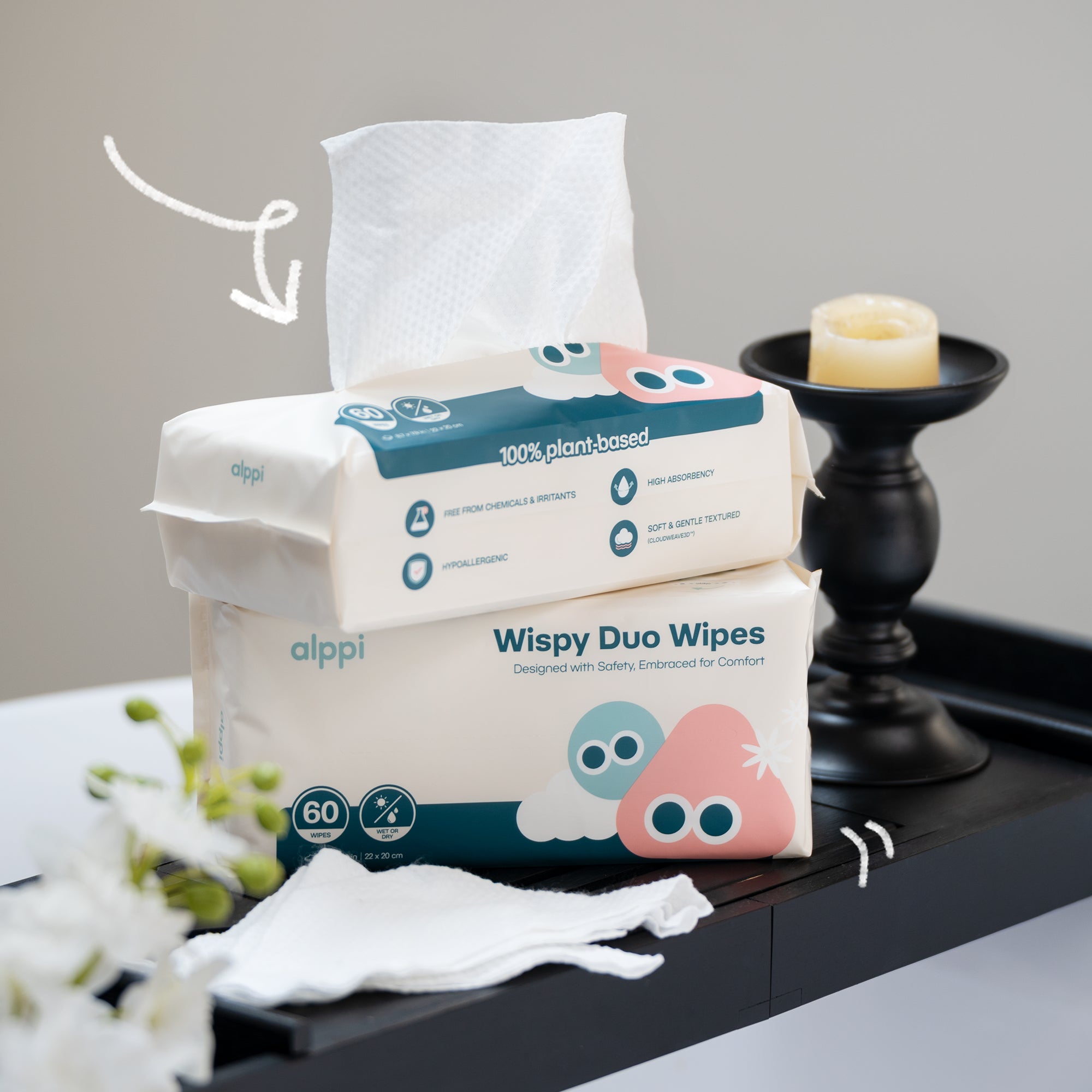Welcoming a newborn into your arms is one of the most exciting and emotional moments of parenthood.
At the same time, many new parents feel nervous and wonder if they are holding their baby the right way.
If you have ever searched for how to hold a newborn, this guide will give you clear answers so you can feel confident every time you pick up your little one.
Read on to discover safe positions, common mistakes to avoid, and simple tips that make holding your baby easier.
Why Learning How to Hold a Newborn Matters
Holding your baby may feel natural, but newborns are delicate and need extra care. Supporting their head, neck, and body helps them feel secure and keeps them safe.
Holding your baby correctly also builds trust and strengthens your bond. It is one of the first ways you show love and comfort.
What Is the Correct Way to Hold a Newborn?
Every parent should know the basics of how to hold a newborn. The most important rule is to always support the head and neck since babies cannot hold them up on their own.
Keep your baby close to your chest or body so they feel secure. Make sure your arms or hands are steady and relaxed, not stiff.
📌 Want to discover more about the joys of parenthood? Check out this guide on why dads are the real superheroes.
Step-by-Step Guide: How to Hold a Newborn Safely
Learning step by step makes the process less overwhelming. Follow these simple actions to feel confident.
✅ Step 1: Wash and prepare your hands
Always start with clean hands to protect your baby from germs. Dry them well so your grip is safe.
✅ Step 2: Position your arms to support head, neck, and bottom
Slide one hand under the baby’s head and neck, and the other hand under their bottom. This gives full support.
✅ Step 3: Lift slowly and close to your body
Bring the baby close to your chest as you lift. Holding them close makes them feel secure and helps you stay balanced.
✅ Step 4: Adjust into a comfortable hold for you and baby
Once lifted, shift into a hold that feels natural. Choose a position that supports your baby while keeping you relaxed.
Different Newborn Holding Positions Every Parent Should Know
There are many safe ways to hold your baby, and each has its own benefits. Try different positions to see which one works best for you and your little one.
👶🏻 The Cradle Hold
The cradle hold is the classic position where your baby rests in your arms like a cradle. It is soothing and perfect for bonding.
👶🏻 The Shoulder Hold
The shoulder hold places your baby upright against your shoulder while you support the head and back. This is great for burping and calming fussiness.
👶🏻 The Football Hold
The football hold tucks your baby under your arm like a football, with their head supported by your hand. This position is helpful for feeding or if you had a C-section.
👶🏻 The Face-to-Face Hold
The face-to-face hold lets you hold your baby upright facing you. This is wonderful for bonding and early playtime.
👶🏻 The Belly Hold
The belly holds your baby across your forearm on their tummy. This can help relieve gas and soothe fussiness.
📌 Don’t forget to browse this article on finding your parenting style to discover what feels natural for you.
What Should You Not Do While Holding a Newborn?
Knowing what to avoid is just as important as knowing the right holds. A few simple rules can prevent accidents and keep your baby safe.
- ✅ Never shake or jiggle your baby
- ✅ Avoid carrying your baby with one arm only
- ✅ Do not multitask with hot drinks, sharp objects, or cooking while holding your baby
- ✅ Avoid tossing your baby in the air or making sudden movements
Is It Okay to Pick Up a Newborn Under the Arms?
Many parents wonder if lifting under the arms is safe. While it may seem easy, it can put too much strain on the baby’s shoulders.
Instead, use both hands and always support the head and neck. This makes lifting safe and comfortable.
What Happens If You Don’t Support a Newborn’s Neck?
Newborn neck muscles are not strong enough to hold their head up. Without support, the head may flop backward, which can be unsafe.
Always keep one hand under the head or neck. This prevents strain and ensures your baby feels secure.
Newborn Feeding and Sleep Patterns Parents Should Know
In the first few weeks, newborns have very different rhythms than older babies. Understanding their feeding and sleep patterns can help you feel more prepared.
Most newborns need to eat every 2 to 3 hours, which adds up to about 8 to 12 feedings in 24 hours. They also sleep a lot, often 14 to 17 hours a day, but in short stretches of 2 to 4 hours at a time.
This frequent waking is normal and important for their growth and development. As your baby gets older, feedings and sleep will gradually stretch into longer periods.
📌 Preparing for your baby’s arrival? Discover helpful tips in preparing for motherhood.
Tips to Feel More Comfortable Holding Your Baby
It is normal to feel nervous at first. With practice, holding your baby will soon feel natural.
- ✅ Try sitting down when you first start so you feel more stable
- ✅ Use pillows for extra support
- ✅ Practice with a doll before birth or in the hospital
- ✅ Ask an experienced parent or nurse to guide you
When to Seek Help or Extra Guidance
Sometimes parents need a little extra reassurance. If you feel unsure, do not hesitate to ask for help.
- ✅ Ask your pediatrician for advice
- ✅ Join a parenting class
- ✅ Reach out to a nurse or lactation consultant
- ✅ Talk with experienced family members
📌Want to learn more about everyday baby care? Browse this guide on how often you should change your baby’s diaper.
💡 Important Note: Always consult your pediatrician if you have concerns about your baby’s health, development, or safety.
Conclusion
Learning how to hold a newborn may feel overwhelming at first, but with practice it becomes second nature.
Supporting your baby’s head, choosing safe positions, and avoiding common mistakes will help you feel confident and calm.
For more helpful guides and tips on caring for your newborn, visit Alppi Baby.
And if you are looking for diapers that are soft on delicate skin, eco-friendly, and trusted by parents, don’t forget to shop Alppi Baby diapers.
Alppi Baby Diapers You May Try for Your Newborn
Frequently Asked Questions About Holding and Caring for Your Newborn
How to hold a 3 week old baby?
At three weeks, your baby still needs full head and neck support. You can use the cradle hold or shoulder hold, keeping them close to your chest. As they grow stronger, you may notice they enjoy being upright more often.
Is it normal for a 2 week old to lift their head?
Yes, some babies may briefly lift their heads for a few seconds. This is a normal reflex and part of early development. Always keep supporting the neck since they cannot hold it steady yet.
What are the 4 basic needs of a newborn?
Newborns need warmth, feeding, sleep, and comfort or safety. Holding your baby helps meet both warmth and comfort needs. Meeting these needs consistently helps your baby feel secure and cared for.
How to start tummy time with a 3 week old?
Begin tummy time slowly with just a few minutes each day. Place your baby on a safe surface while you stay close and watch. You can also lay your baby on your chest for a gentle start.













